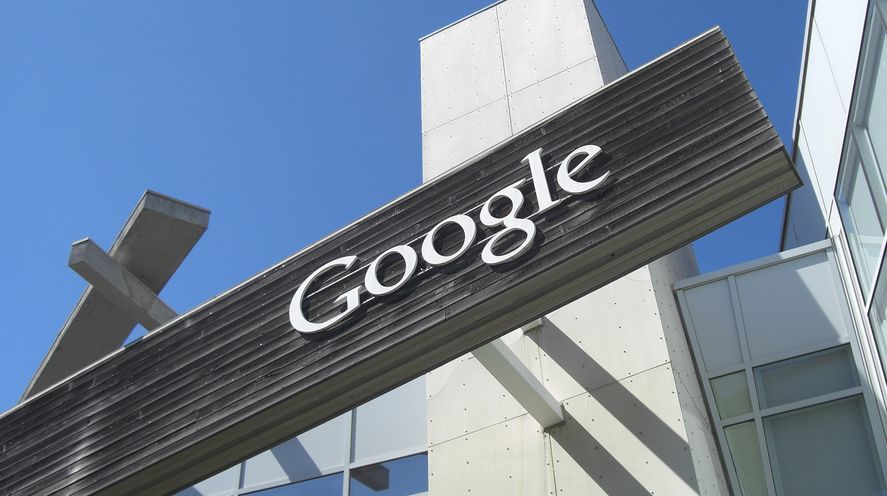- Microsoft's clarified that Defender Antivirus will continue to get updates on Windows 10 even though support for the OS has now ended
- The antivirus will receive updates and new virus definitions through October 2028
- That'll help keep these PCs safer, but it's not the full story
Microsoft has made it clear that its Defender Antivirus will still provide protection against malware on Windows 10 PCs, which have just reached their End of Life in terms of support.
Neowin picked up on a blog post where Microsoft stated that: "Microsoft Defender will continue to provide detection and protection capabilities to the extent possible on Windows 10 and other legacy systems."
The company adds that: "For Windows 10 customers without Defender, Microsoft will continue to provide security intelligence updates for the built-in Microsoft Defender Antivirus protection through October 2028."
It's the latter bit that we're interested in, as consumers continue to run Windows 10: this is the built-in antivirus that comes by default with the OS, and, as noted, it'll keep working with updates and virus definitions provided until October 2028. 'Microsoft Defender' refers to the broad suite of security features as a whole, including the antivirus and more.
So, if you've got security updates for Defender Antivirus through to 2028, are you safe sticking with Windows 10, even without monthly cumulative updates for the operating system?
No is the short answer to that, as Microsoft points out: "Defender Antivirus alone isn't a comprehensive risk mitigation posture", and you need to sign up for Windows 10's Extended Security Updates (ESU) program as well as keep Defender Antivirus running.

Analysis: what's safe enough?
This is something I've already discussed in a recent article about whether using Windows 10 is safe after the end of support deadline. While it's true that you may be okay if you pursue this route, and you're very, very careful about what you do online, and you have a good antivirus backing you up (Defender is decent enough), the reality of this situation is that most of us simply aren't cautious or careful enough – even if we think we are.
And even the ultra-cautious could be hit by malware if they're unlucky - and without Windows 10's monthly security updates, as time goes on, the risks increase because there will be a growing number of unpatched holes in the older operating system. It's just a simple matter of odds, and given that extended support (for an extra year) is free to consumers (bar a slight catch, albeit that caveat isn't present in Europe), you'd be silly not to take up Microsoft on that offer, frankly.
Don't rely on Microsoft Defender or any other antivirus in place of Windows 10 updates, as Microsoft advises, even if its own security app is still getting regular updates through to 2028.









 English (US) ·
English (US) ·